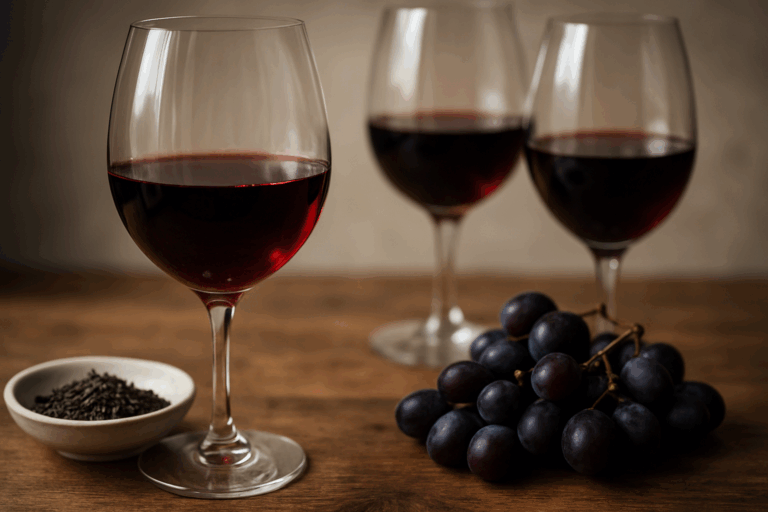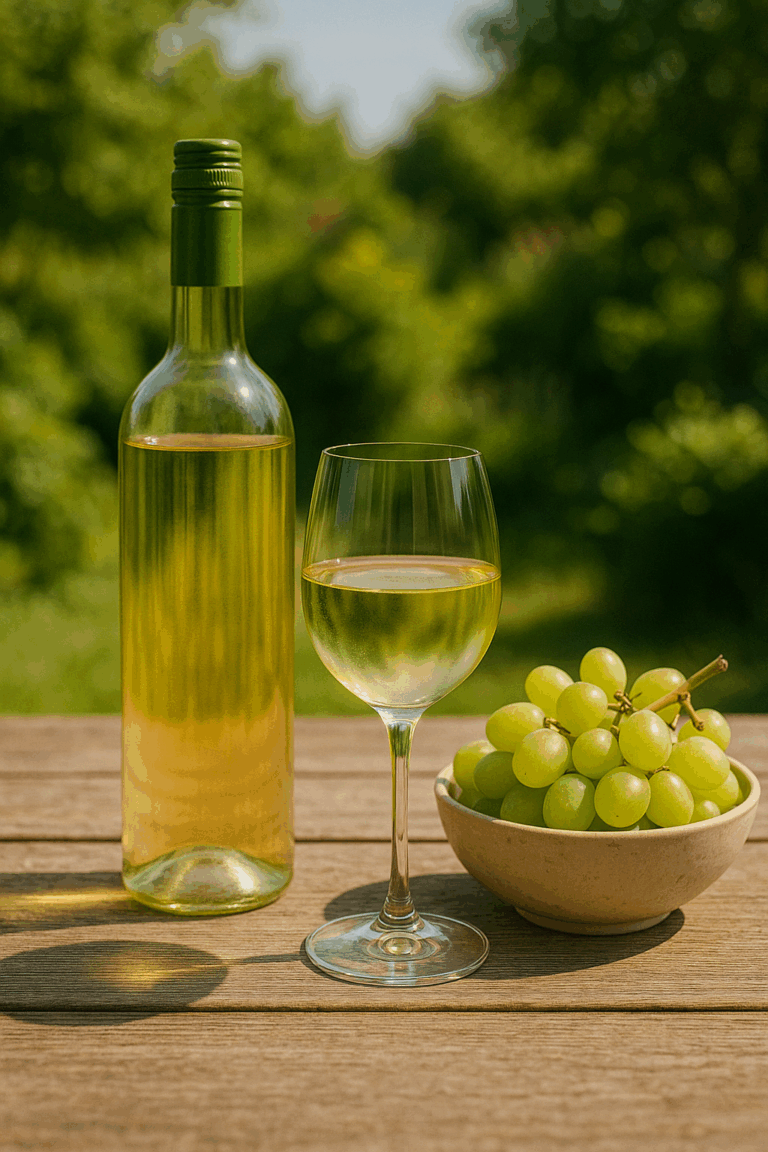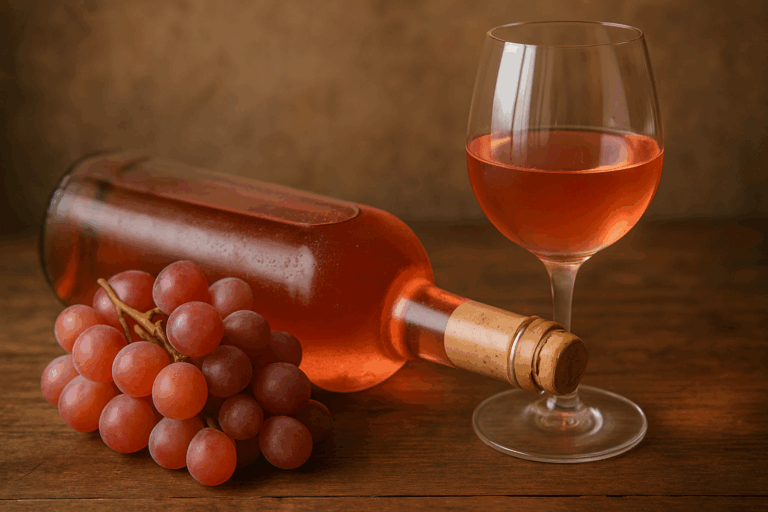A Guide to the Most Popular Wine Grapes
Wine lovers often throw around grape names like Cabernet Sauvignon, Chardonnay, or Merlot, but how much do you really know about the grapes behind the bottle? Understanding wine grapes is one of the most empowering steps you can take to deepen your wine knowledge and appreciation.
In this guide, we’ll explore the most popular wine grapes in the world, both red and white, and explain their key characteristics, flavor profiles, and food pairings. Whether you’re a beginner or an enthusiast, this guide will help you choose the right bottle with confidence.
Why Grape Variety Matters
Each grape variety brings its own personality to a wine. It affects:
- The flavor
- The body
- The acidity
- The tannin level
- The aroma
- The aging potential
Knowing the grape gives you a shortcut to understanding what you’re about to drink.
Popular Red Wine Grapes
1. Cabernet Sauvignon
- Origin: Bordeaux, France
- Flavors: Blackcurrant, blackberry, green pepper, cedar, tobacco
- Body: Full
- Tannins: High
- Best With: Steak, lamb, grilled meats
Cabernet Sauvignon is the king of red grapes. It produces bold, complex wines with excellent aging potential. It thrives in warm climates like California and Australia.
2. Merlot
- Origin: Bordeaux, France
- Flavors: Plum, cherry, chocolate, herbs
- Body: Medium to full
- Tannins: Medium
- Best With: Roast chicken, pork, mushroom dishes
Merlot is smooth, fruit-forward, and more approachable than Cabernet Sauvignon. It’s a crowd-pleaser and often a safe pick for those new to red wine.
3. Pinot Noir
- Origin: Burgundy, France
- Flavors: Cherry, raspberry, earthy notes, mushroom
- Body: Light to medium
- Tannins: Low
- Best With: Duck, salmon, creamy pasta dishes
Pinot Noir is delicate and elegant but notoriously hard to grow. It excels in cooler climates like Oregon, New Zealand, and parts of California.
4. Syrah / Shiraz
- Origin: Rhône Valley, France
- Flavors: Blackberry, blueberry, black pepper, smoke, meat
- Body: Full
- Tannins: Medium to high
- Best With: BBQ, grilled vegetables, aged cheese
Known as Syrah in France and Shiraz in Australia, this grape delivers bold, spicy wines that can range from elegant to muscular.
5. Malbec
- Origin: Southwest France, popularized in Argentina
- Flavors: Plum, blackberry, cocoa, leather
- Body: Medium to full
- Tannins: Medium
- Best With: Grilled meats, empanadas, spicy food
Malbec thrives in Argentina and has become one of the most popular red wines for bold flavors at affordable prices.
Popular White Wine Grapes
1. Chardonnay
- Origin: Burgundy, France
- Flavors: Apple, citrus, butter, vanilla, tropical fruits
- Body: Medium to full
- Acidity: Medium
- Best With: Lobster, creamy pasta, roast chicken
Chardonnay can be oaked (rich and buttery) or unoaked (crisp and citrusy). It’s the world’s most versatile white grape.
2. Sauvignon Blanc
- Origin: Loire Valley, France
- Flavors: Lime, green apple, passionfruit, grass, gooseberry
- Body: Light to medium
- Acidity: High
- Best With: Goat cheese, salads, seafood
Known for its bright acidity and herbal notes, Sauvignon Blanc is refreshing and aromatic. Top regions include New Zealand and California.
3. Riesling
- Origin: Germany
- Flavors: Peach, apricot, lime, honey, petrol (in aged versions)
- Body: Light
- Acidity: High
- Best With: Spicy Asian cuisine, pork, desserts
Riesling ranges from dry to sweet and often has an electric acidity. It’s one of the most age-worthy white wines.
4. Pinot Grigio / Pinot Gris
- Origin: France and Italy
- Flavors: Pear, apple, lemon zest, almond
- Body: Light to medium
- Acidity: Medium
- Best With: Light salads, seafood, pasta primavera
The same grape with different names: Pinot Grigio (Italian style, crisp and light) and Pinot Gris (French style, richer and more textured).
5. Moscato (Muscat)
- Origin: Italy and France
- Flavors: Orange blossom, peach, grape, honeysuckle
- Body: Light
- Sweetness: Sweet (usually)
- Best With: Desserts, fruit plates, brunch
Moscato is often lightly sparkling and sweet—perfect for those who enjoy aromatic, easy-drinking wines.
Bonus: Rosé Grapes
Rosé wine can be made from many red grapes, including:
- Grenache
- Syrah
- Pinot Noir
- Sangiovese
- Mourvèdre
Rosés are made by limiting skin contact, resulting in wines with bright acidity, fruitiness, and a pale pink hue. They’re ideal for summer sipping and light fare.
Tips for Exploring Wine Grapes
- Start with single varietals: These wines list one grape on the label, making it easier to identify what you like.
- Compare the same grape from different regions: A Chardonnay from California will taste different from one in Chablis, France.
- Keep notes: Record the grape, region, and what you liked or disliked. Over time, you’ll see patterns in your preferences.
- Attend tastings: This is one of the fastest ways to learn and refine your palate.
Final Thoughts: Learn the Grapes, Love the Wine
Once you get familiar with popular wine grapes, choosing a bottle becomes less of a gamble and more of an adventure. The grape is the heart of every wine—and understanding its role allows you to match your mood, your food, and your occasion with the perfect pour.






